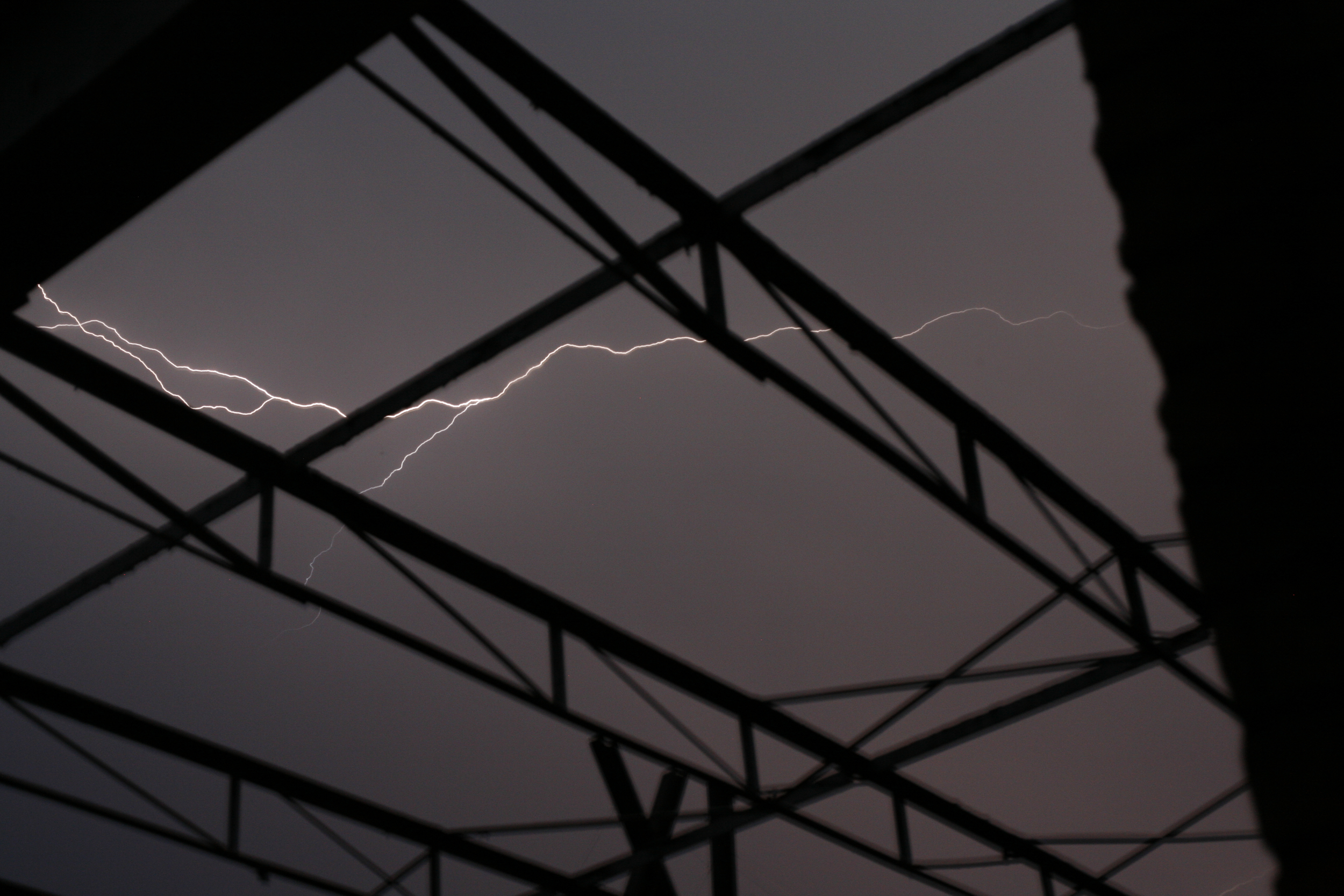How to Photograph Lightning
In Raleigh, there are always plenty of summer storms. Watching these storms, I’ve witnessed some spectacular lightning shows. Taking pictures during storms can be difficult, but not impossible. Lightning especially can be very rewarding and unique if captured correctly. If you live in an area where storms are frequent and you want to try to capture lightning on camera, here are a few tips on how to do it.
Stay Safe
Remember that taking pictures during storms can be very dangerous, so it is important to always stay safe. Stay under a good cover such as a building or car and don’t stand in an open location. If you are in an area with water or tall structures, you have a higher risk of getting hurt. Always be cautious while capturing lightning and take necessary precautions.
Protect Your Equipment
While protecting yourself is extremely important, it is also necessary to protect your equipment. If you are taking pictures from a distance, you don’t have to worry as much about rain. However, if you are in the middle of a storm, protect your camera from water damage using a cloth or bag over the camera body. Try to shield off as much water as possible while avoiding blocking the view of your camera lens. If your camera is on a tripod, make sure the tripod is secure and won’t tip over.
Find a Location
Composing your shot is important, but it is nearly impossible to anticipate exactly how the lightning will strike. Because of this, find a good location with a wide range of view so that you are not limiting yourself to one shot. A wide landscape usually works best. It is better if you can find this location before a storm so you are prepared ahead of time.
Set up
Setting up your equipment and camera settings is a crucial part of capturing lightning. Make sure you are using a tripod to steady your camera and put your camera on a long exposure. Because of the long exposure, you may also want to use a camera remote to set off your shutter. This will help to reduce camera shake caused by touching the camera. Also, set your focus on manual and keep your camera focused on something far in the distance.
Next, make sure your camera is on manual mode and that you correctly expose your image. Remember that you are exposing your image for the lightning, and the bolt will add extra light into your scene. Your ISO should be very low and your shutter speed high. If it is dark out you can start around 20 seconds to start. (3-5 seconds would suffice for a brighter scene) Your aperture can be between f/5 and f/8 to start and you can adjust as you continue to shoot pictures and see mistakes in your exposure. A lot of your settings will depend on the time of day, how dark it is out, and your own personal preferences.
Take Your Time
Keep in mind that taking pictures of lighting requires time and patience. Don’t rush your photo shoot, but be patient and keep taking pictures. You may not always get a great shot, but if you keep trying with different storms, you may be surprised at what you can capture! As long as you are staying safe and protecting your equipment, taking pictures of lightning can be fun and rewarding.


